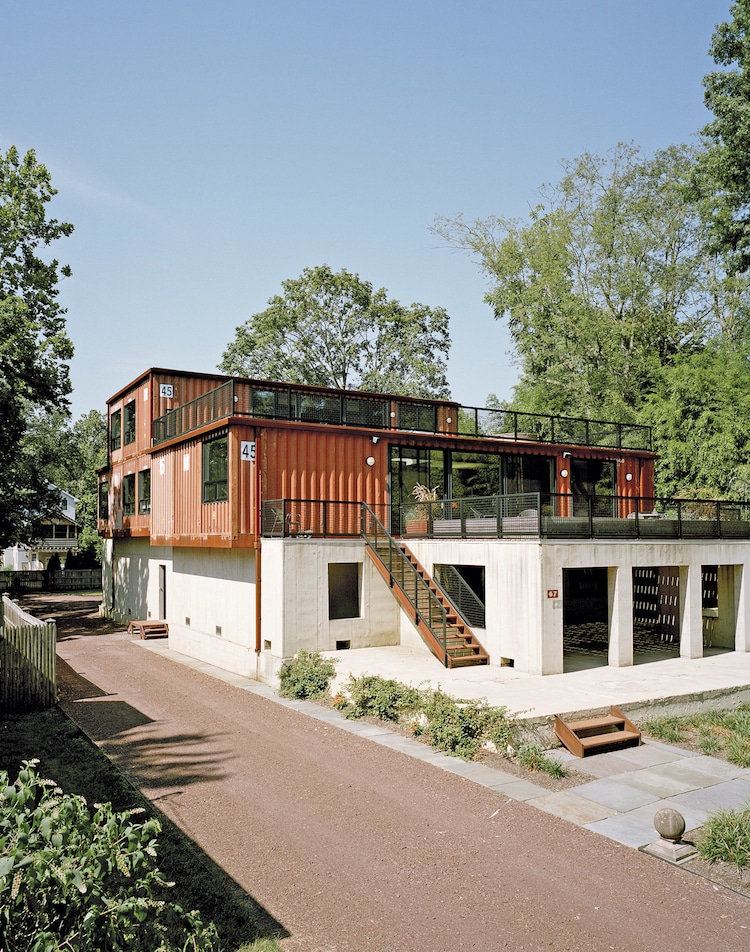
Photo: Ike Edeani
If you’ve ever been to a port city, you’ve probably seen shipping containers. They’re massive corrugated metal bins that hold everything from clothing to electronics to cars. Their utility makes them easy to pass by without a second glance. But for some people, shipping containers are what they call home.
What is a shipping container home?
The name says it all: a shipping container home is a dwelling built using one or more industrial shipping containers. They can be new or used, and when there is more than one, they’re usually stacked on top of each other. When it comes to configurations, they’re like a blank slate. Arranging them is akin to the game Tetris. The layouts can feature containers set next to each other and fused into one giant room, or they can be layered and set perpendicular for a unique and distinctly modern silhouette. With the seemingly endless customization options, shipping container homes are lauded for their stunning and unexpected designs. Combining an industrial aesthetic with minimalist architecture, they are eco-friendly and stylish.
Container homes rise in popularity.
The popularity of homes built from shipping containers started around 2012. One of the first to gain worldwide popularity was the abode of Todd and Di Miller in Brisbane, Australia. After losing their home to flooding, they decided to use containers to build their new dream dwelling called the Graceville Container House. Architecture firm Ziegler Build designed the 6,000-square-foot mansion that features a staggering 31 shipping containers. With them, the house has four bedrooms, four bathrooms, a gym, and art studio.
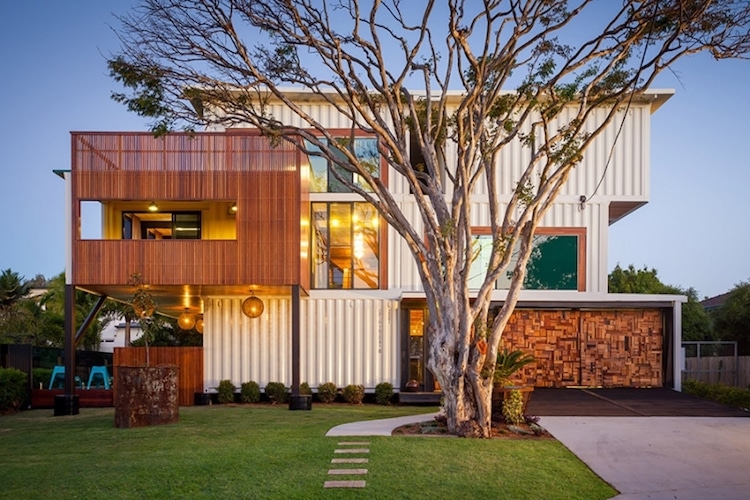
Graceville Container House (Photo: Ziegler Build)
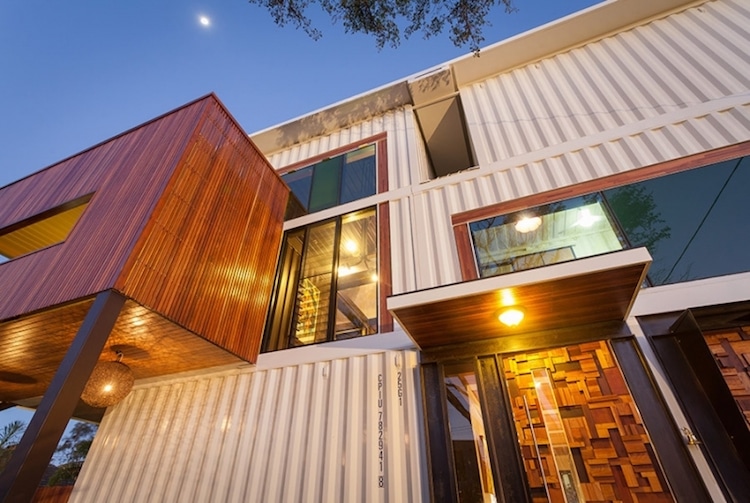
Graceville Container House (Photo: Ziegler Build)
To make the Miller’s home a reality, the containers were delivered to the site in two batches. The first set of 10 comprised the ground floor of the home, and the rest were laid on top using a crane. Afterwards, the containers were sculpted to resemble a traditional floor plan. The steel was cut away to create windows and rooms; in some instances, the bare bones of a container only remained. Thick steel beams were installed to ensure structural integrity.
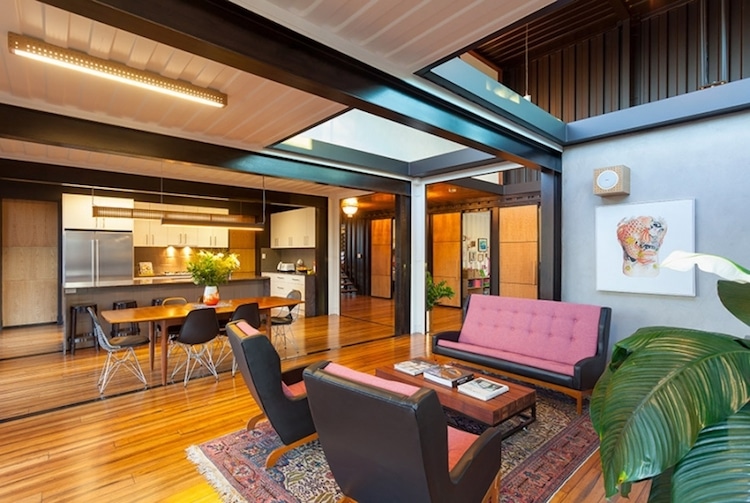
Graceville Container House (Photo: Ziegler Build)
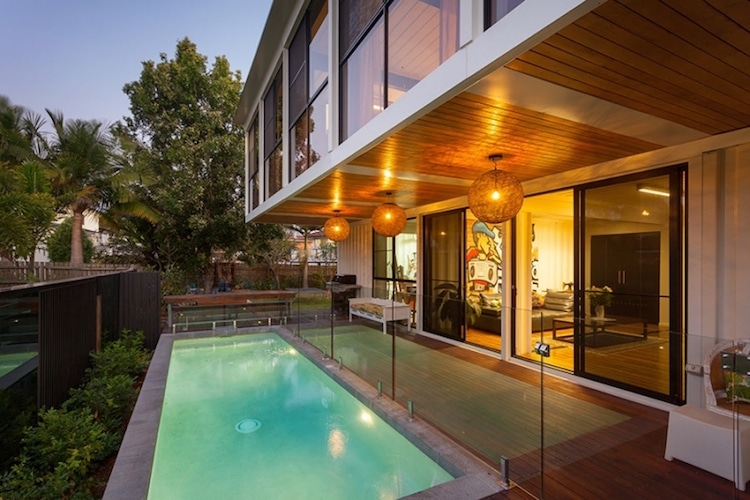
Graceville Container House (Photo: Ziegler Build)

Graceville Container House (Photo: Ziegler Build)
It took 24 weeks to construct the massive home, but it was done for only $450K USD. Considering the size and stunning additions—it features an eco saltwater pool—this is an impressive feat. And, it proved a good investment. The family sold the home in 2014 for over twice what it cost to build.
The Graceville Container House shows why shipping container homes are popular.
Price: Shipping container homes are a great bang for your buck and are much more affordable than brick and mortar dwellings. Although the Miller’s nearly-half-million-dollar house is too much for many people to own, other shipping container homes can be built for a fraction of that cost.
Eco-friendly: Shipping containers are left abandoned every year. By using them for a dwelling, you’re repurposing steel and giving it a new life. In addition, your recycling cuts down on other materials like concrete or bricks.
Speed of build: A container comes with its structure already in place. You’ve got a ceiling, walls, and floors. Depending on how you’d like to customize it, you could be living in your home in no time.
Flexible location: If you’re into the tiny house trend, a shipping container is the perfect complement—one container can be as wide as 8 feet. With that size, it’s easy to drop on a small plot of land outside of a conventional neighborhood. And if you install solar panels, you’ll be living off-grid.
Owning your own shipping container home
Interested in owning a shipping container home? You’ve got a couple of options: prefab and DIY.
Prefab
For those who’d prefer for someone else to build their container house, prefab is the way to go. There are seemingly endless options if you’re interested in this direction. Since shipping containers have become trendy, many companies have started to produce them. You can even order them online!
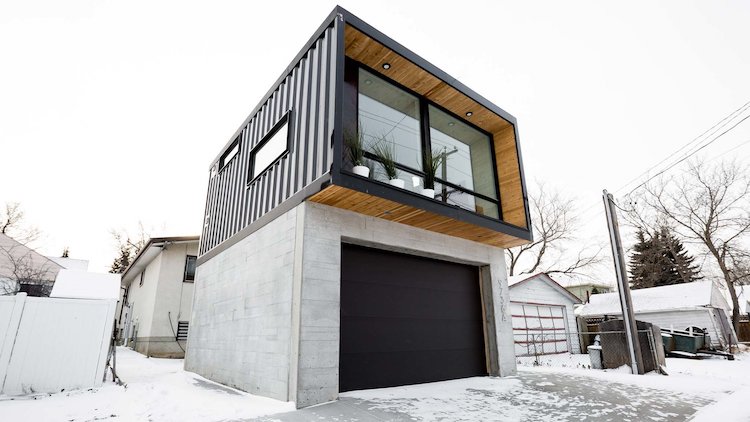
Container home made by Honomobo (Photo: Honomobo)
Honomobo is a company known for building beautiful homes made from shipping containers. They’ve created a collection of flexible, modular units that appeal to the many needs of their clients. Offering six floor plans, they provide everything necessary to make it move-in ready. You simply supply the foundation and contractor to build it. “Most of our clients chose a local contractor to help with the permit submission and civil works,” they explain. Continuing, “We work hand and hand with you and your contractor to ensure that your property is ready for your Honomobo. From there…don’t blink, because we will be in and out of your property within a week!”

Container home made by Honomobo (Photo: Honomobo)
Other companies that create prefab shipping container homes:
DIY Homes
A shipping container home is the ultimate DIY project. It’s a challenging endeavor, from logistics and building permits to laying foundation and reinforcing your construction.
Steve of the website Tin Can Cabin summarizes the process in a comprehensive article. There, he details a 17-part process which starts out simple enough—design your cabin. Essentially, figure out how much space you need and start working up a floor plan. From there, he gives tips for buying a container, placing it on your foundation, cutting the steel, and much more. Although rewarding, Steve’s guide shows all the work necessary for making a shipping container habitable. (After reading it, you might want to go with the prefab option!)
There are also shipping container home plans available to purchase online. The aptly-titled website Container Home Plans features a complete three-part guide from constructing one start-to-finish. They offer floor plans and designs, as well as tips to keep your costs down and building a safe abode.
Stunning examples of modern shipping container homes
Get inspired with these beautiful container homes.

Photo: Ike Edeani
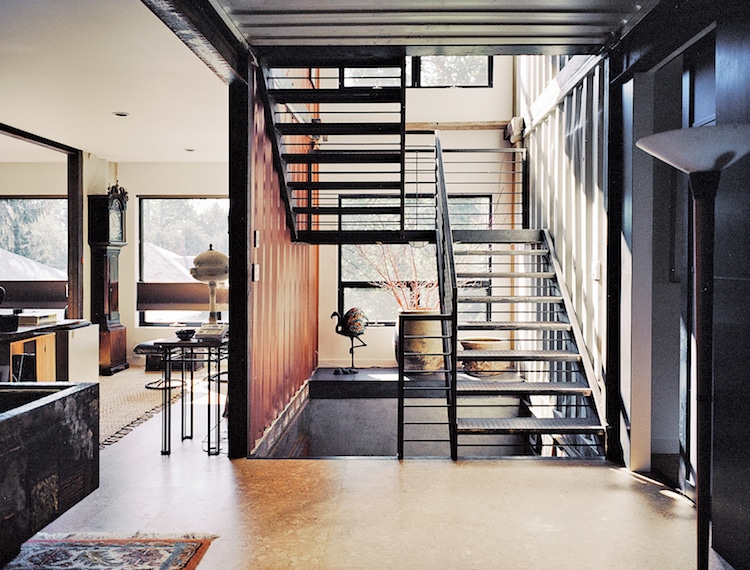
Photo: Ike Edeani
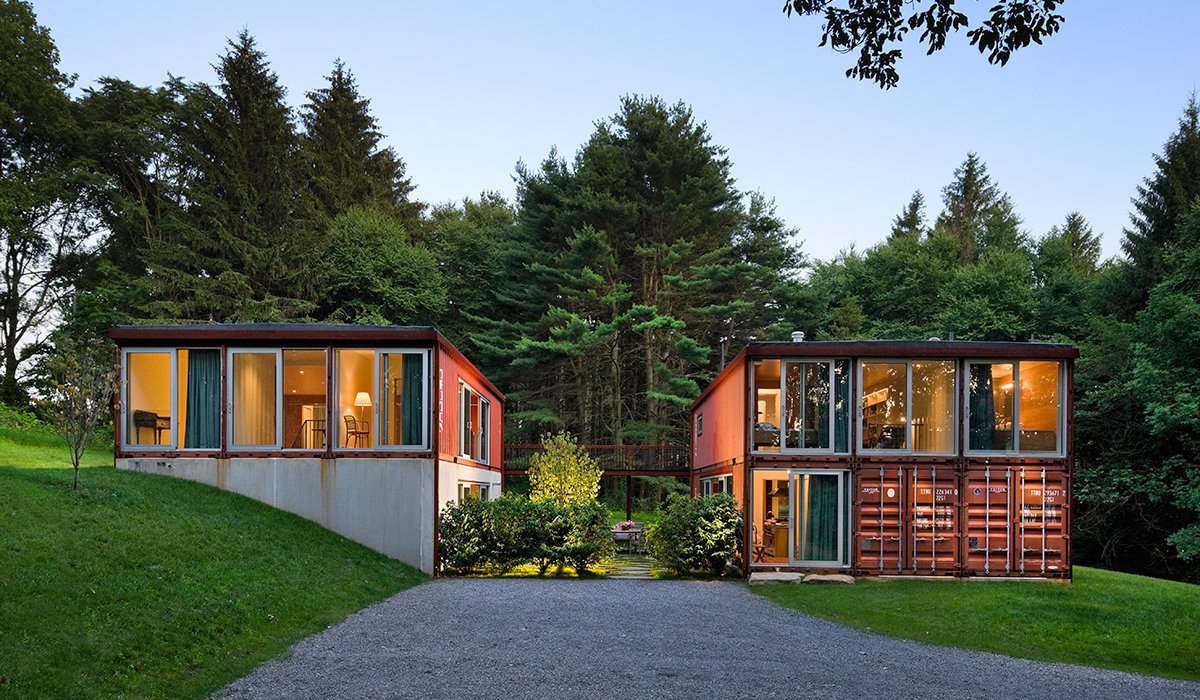
Photo: Quik Build

Photo: Truth Box Inc.
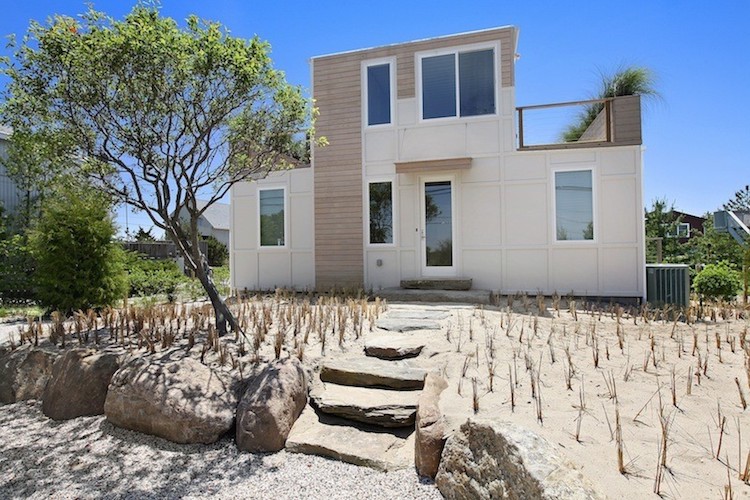
Photo: SG Blocks

Photo: Nova Deko Modular

Photo: Nova Deko Modular
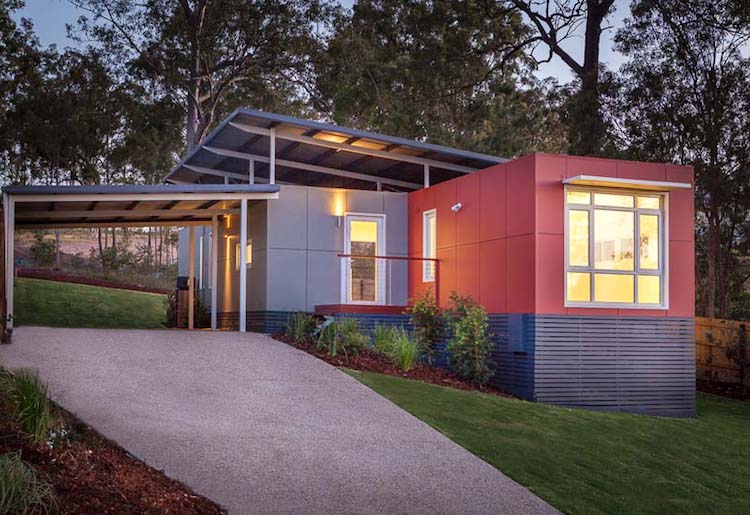
Photo: Nova Deko Modular
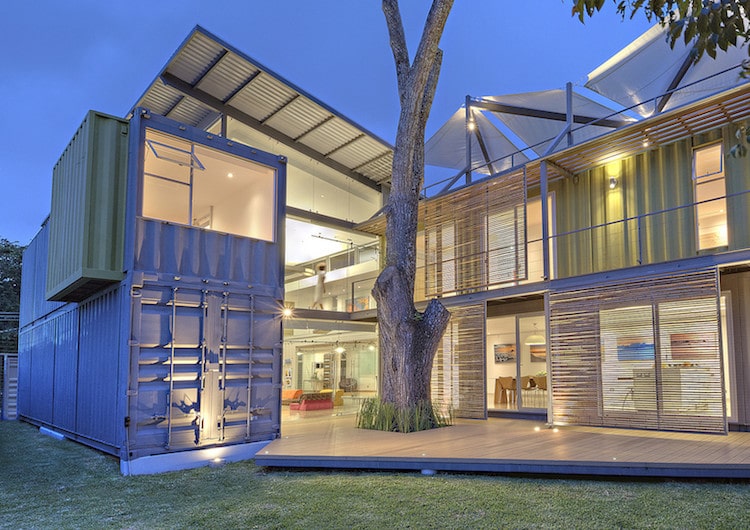
Incubo House (Photo: María José Trejos Architects)

Incubo House (Photo: María José Trejos Architects)
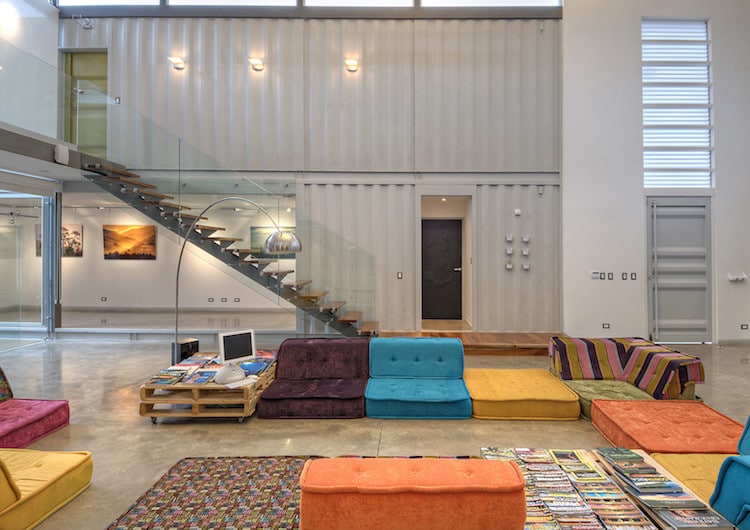
Incubo House (Photo: María José Trejos Architects)
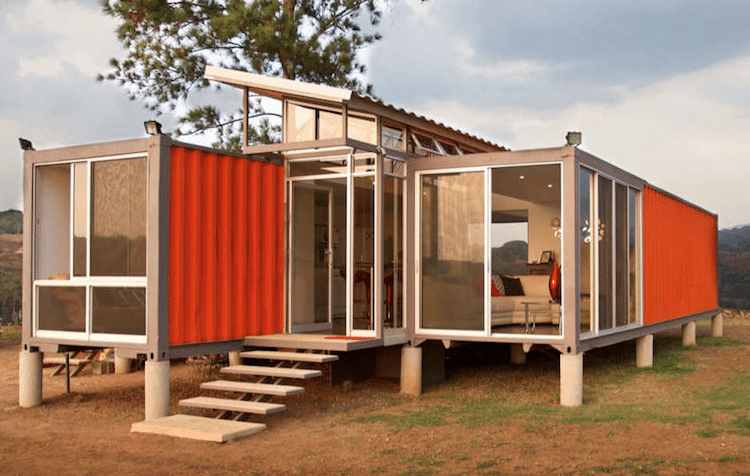
Containers of Hope (Photo: Andres Garcia Lachner)
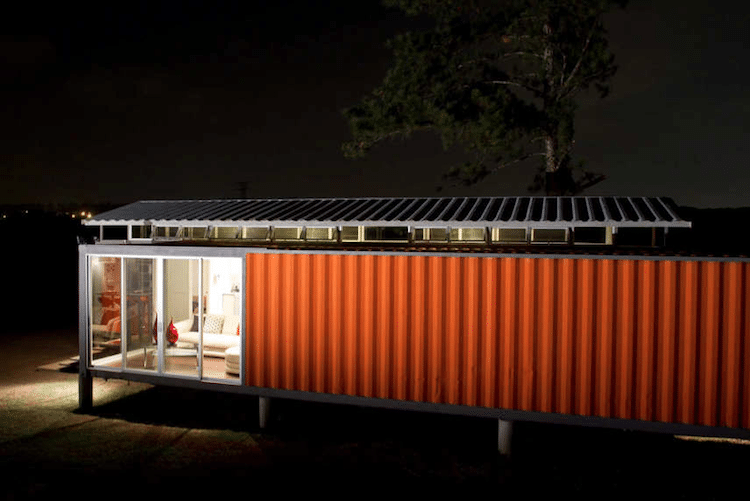
Containers of Hope (Photo: Andres Garcia Lachner)
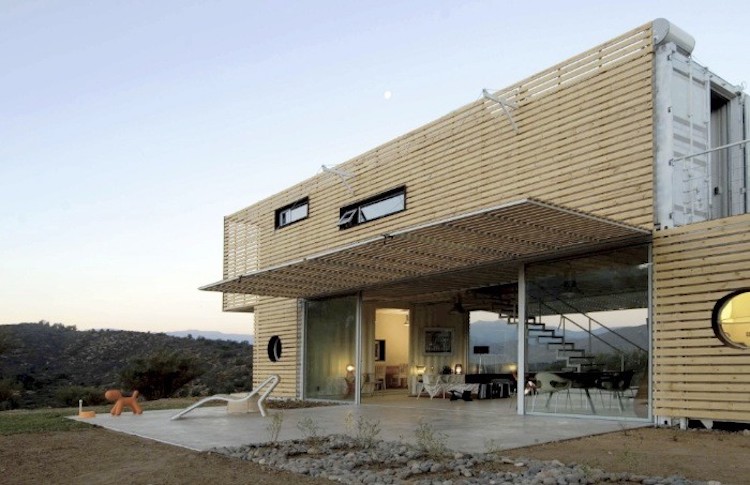
Manifesto House (Photo: James & Mau Arquietectura)
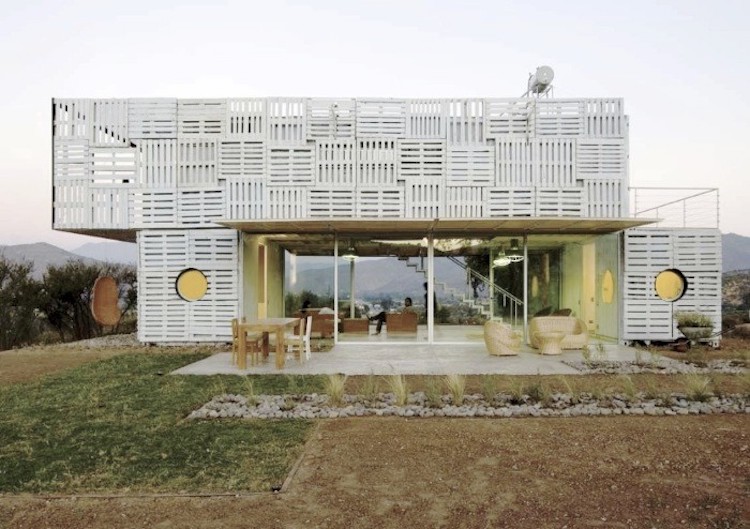
Manifesto House (Photo: James & Mau Arquietectura)
